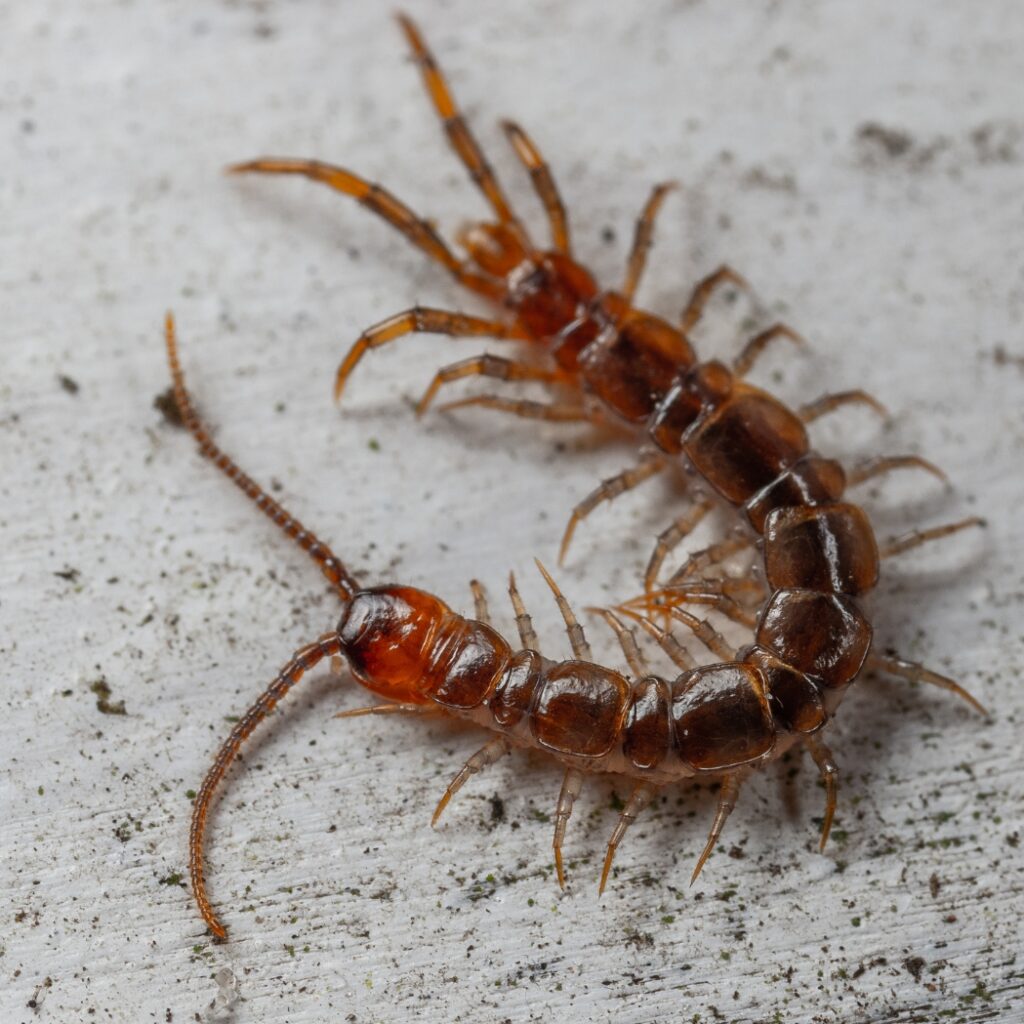
CRAWLING INSECTS CONTROL

1. Inspection: Pest control professionals begin by conducting a thorough inspection of the premises to identify the type of crawling insects present and assess the extent of the infestation. This helps in developing an effective control strategy.
2. Identification: Accurate identification of the crawling insects is crucial for implementing targeted control measures. Different insects may require different treatments, so knowing the specific pest is essential.
3. Treatment Plan: Based on the inspection and identification, a customized treatment plan is developed. This plan may include a combination of chemical and non-chemical methods to control crawling insects.
4. Chemical Treatments: Insecticides are commonly used to control crawling insects. These may be applied as sprays, dusts, or baits, depending on the type of insect and the location of the infestation. Pest control professionals use products that are safe for humans and pets while being effective against the targeted pests.
5. Non-Chemical Methods: Non-chemical methods may also be employed, such as implementing physical barriers, using traps, and improving sanitation to eliminate food and water sources for the insects. This integrated approach enhances the effectiveness of pest control efforts.
6. Prevention: After the initial treatment, pest control services often provide recommendations for preventing future infestations. This may include sealing entry points, fixing leaks, and maintaining a clean environment to discourage crawling insects from returning.
7. Follow-up Inspections: Some pest control services offer follow-up inspections to ensure the success of the initial treatment. This allows for any residual or new infestations to be addressed promptly.
8. Environmental Considerations: Modern pest control services are increasingly conscious of environmental impact. Many companies offer eco-friendly or low-toxicity options to control crawling insects, prioritizing the safety of residents and the environment.

